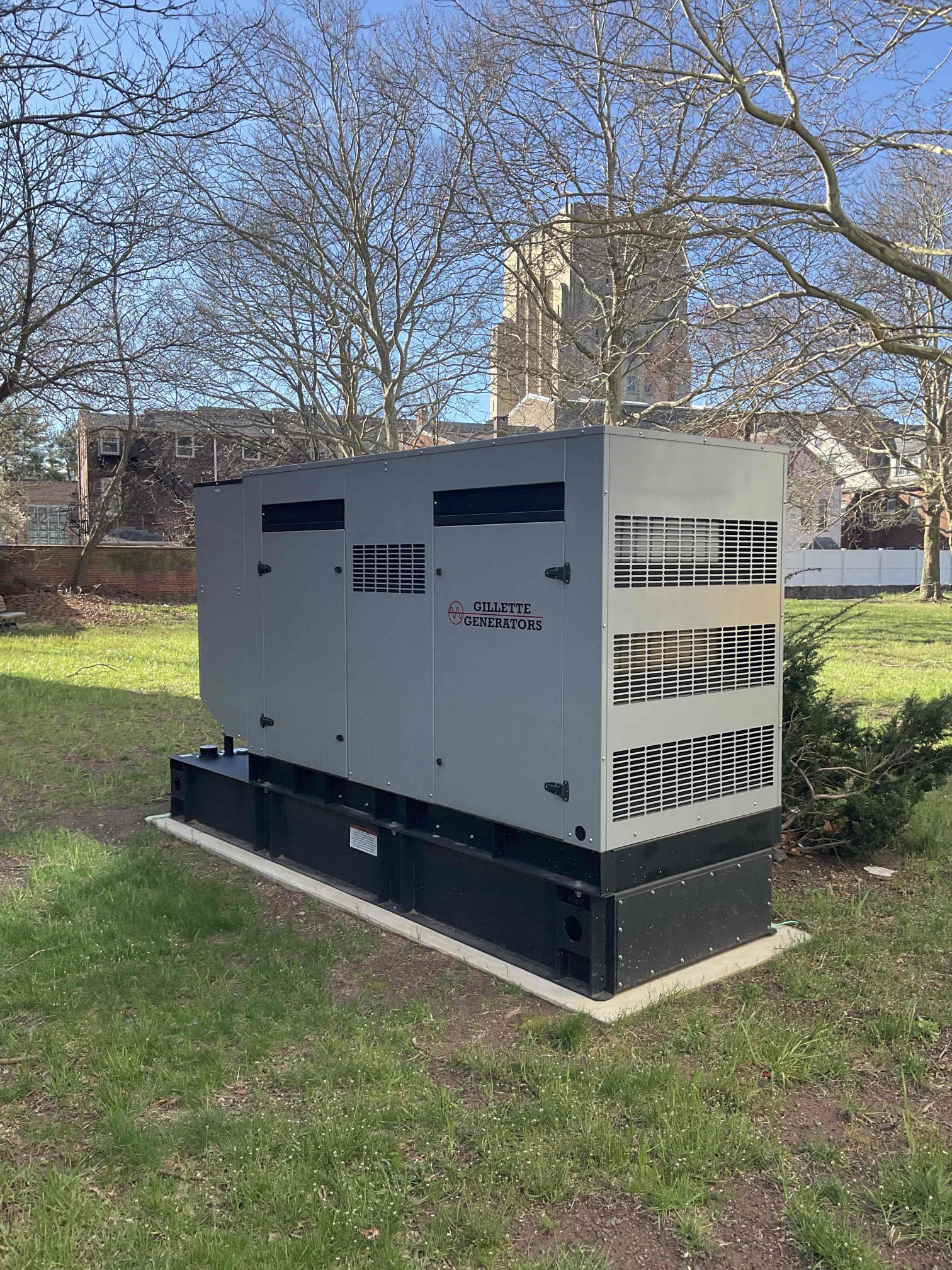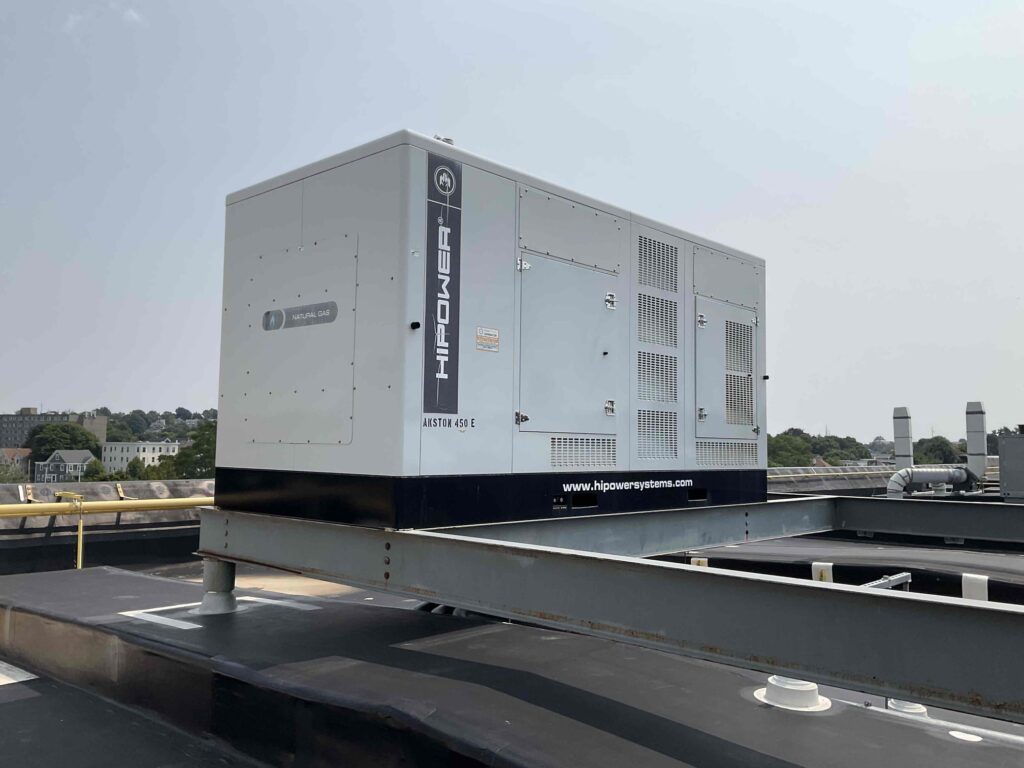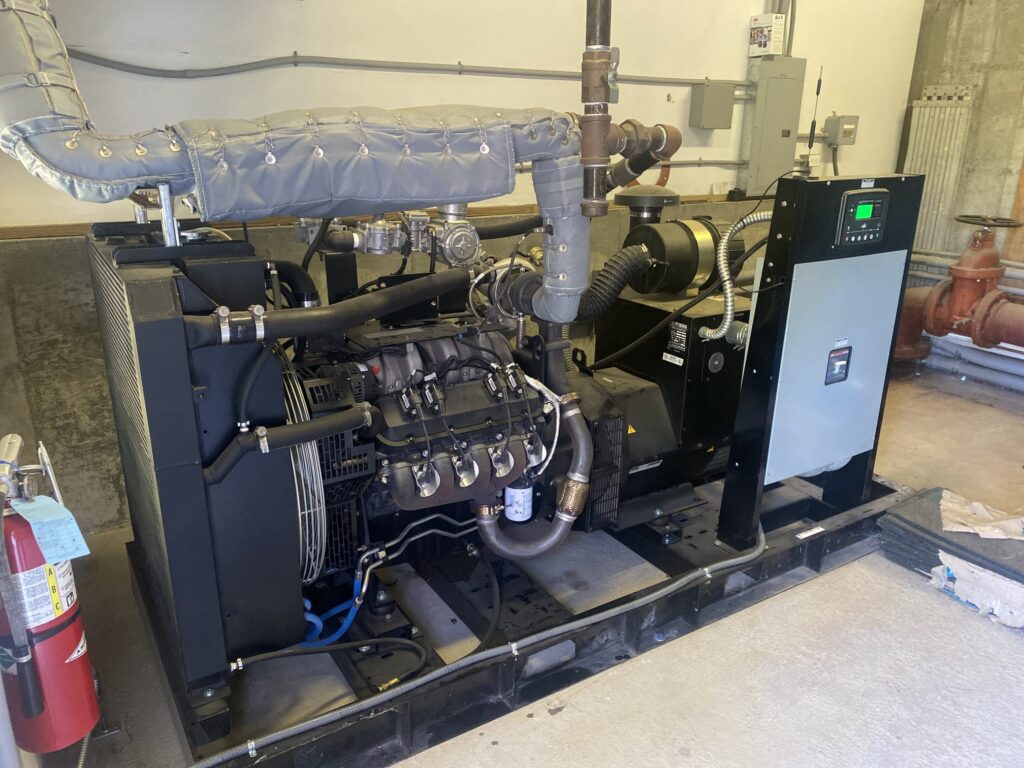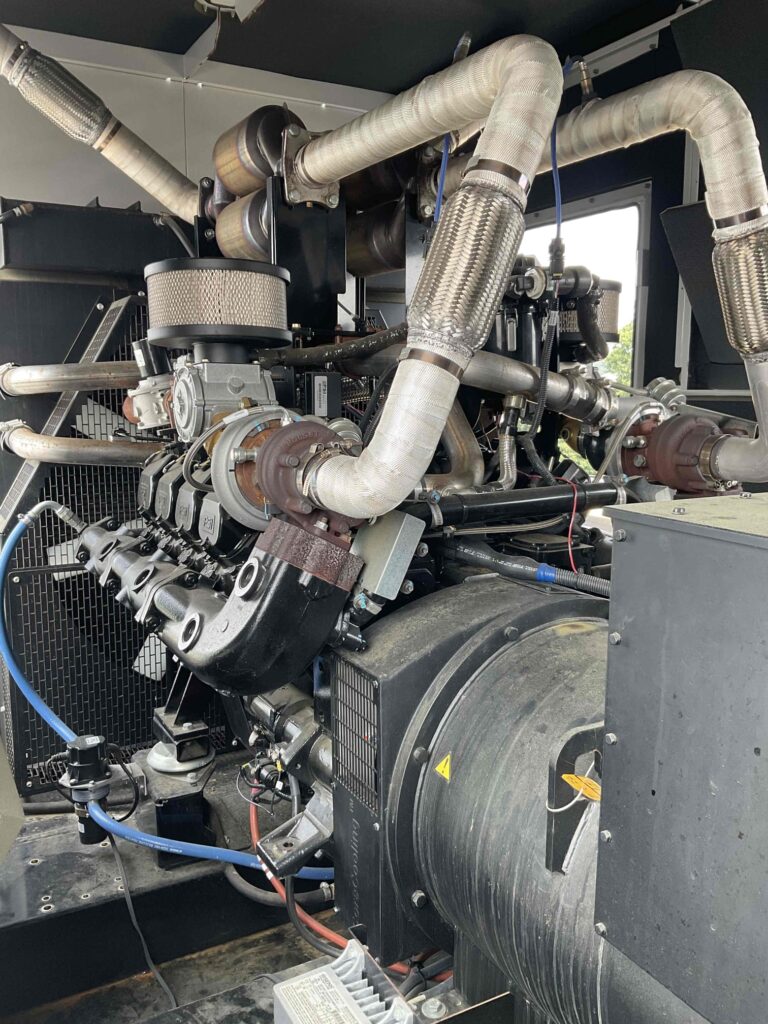7 Essential Tips for Choosing the Perfect Generator Size for Your Business

When investing in a commercial generator, one of the most crucial decisions is selecting the correct size. Choosing an underpowered generator could lead to overload and failure during critical moments, while oversizing can result in inefficiencies and higher costs. Here, we’ll break down the key considerations to help you choose a generator size that matches your operational demands efficiently.
Table of Contents
Assess Your Power Needs
The first step in selecting the right generator size is to determine your facility’s power requirements. Identify all essential systems and equipment you need to run during a power outage, including HVAC systems, lighting, electronics, refrigeration, and emergency systems.
- List essential equipment: Make an inventory of all critical appliances and systems that must remain operational.
- Calculate total wattage: Sum the wattages of these items to get an initial estimate of power requirements. For equipment that cycles on and off (like HVAC units), factor in startup wattage, which can be significantly higher than running wattage.

Understand Load Types
Power loads typically fall into two categories: resistive and reactive.
- Resistive loads are steady and consistent. Equipment like lights, heaters, and computers typically fall under this category.
- Reactive loads fluctuate and usually have high starting requirements. Motors, compressors, and air conditioning units have reactive loads, requiring a generator with higher peak power capabilities.
For facilities with a high number of reactive loads, choosing a generator with additional capacity to handle the startup load is essential.
Consider Future Growth
Many companies plan for expansion, adding more equipment, or upgrading existing infrastructure. Choosing a generator with some additional capacity can save you from needing a costly upgrade down the line.
- Factor in growth projections: If your business plans to expand in the near future, account for an additional 20-30% capacity on top of your current requirements.

Determine Single or Three-Phase Power Requirements
Generators come in single-phase or three-phase configurations, which cater to different types of electrical needs:
- Single-phase generators are generally suitable for smaller commercial settings with basic power needs.
- Three-phase generators deliver more consistent power and are ideal for larger facilities with higher power demands, particularly those running heavy machinery or large HVAC systems.
Choose Between Standby and Prime Power Ratings
The type of generator you choose also affects sizing requirements, depending on whether it’s a standby, prime, or continuous generator:
- Standby generators are intended for emergency use only, supplying power during outages for short periods.
- Prime generators can be used for longer durations and require a size calculation based on the average load, not peak load.
- Continuous generators are rated to run full-time, handling consistent power loads for extended periods.
Each type of generator has different sizing requirements, and working with an experienced technician will ensure that your generator is optimized for your intended use.

Consult a Professional for Load Testing and Sizing Assistance
Proper generator sizing can be complex. Professional technicians use load testing and other advanced calculations to identify your exact power requirements accurately. Weld Power Generator offers a turnkey approach to generator selection, including site assessments, load testing, and consultations to help you choose the perfect size.
Account for Local Codes and Standards
Certain facilities, especially those in healthcare, must comply with specific codes and regulations for generator sizing and performance. Healthcare facilities, for instance, may require generators to support life safety systems, which means sizing considerations must be precise and meet code requirements.
Summary
Choosing the right generator size is critical for reliable performance and long-term efficiency. By assessing power needs, understanding load types, planning for future growth, and consulting with professionals, you can make an informed choice that aligns with your operational needs. Weld Power Generator offers comprehensive services and expertise, helping you navigate every step of the selection process to ensure your power needs are met. Contact us today to see how we can help with your project.
